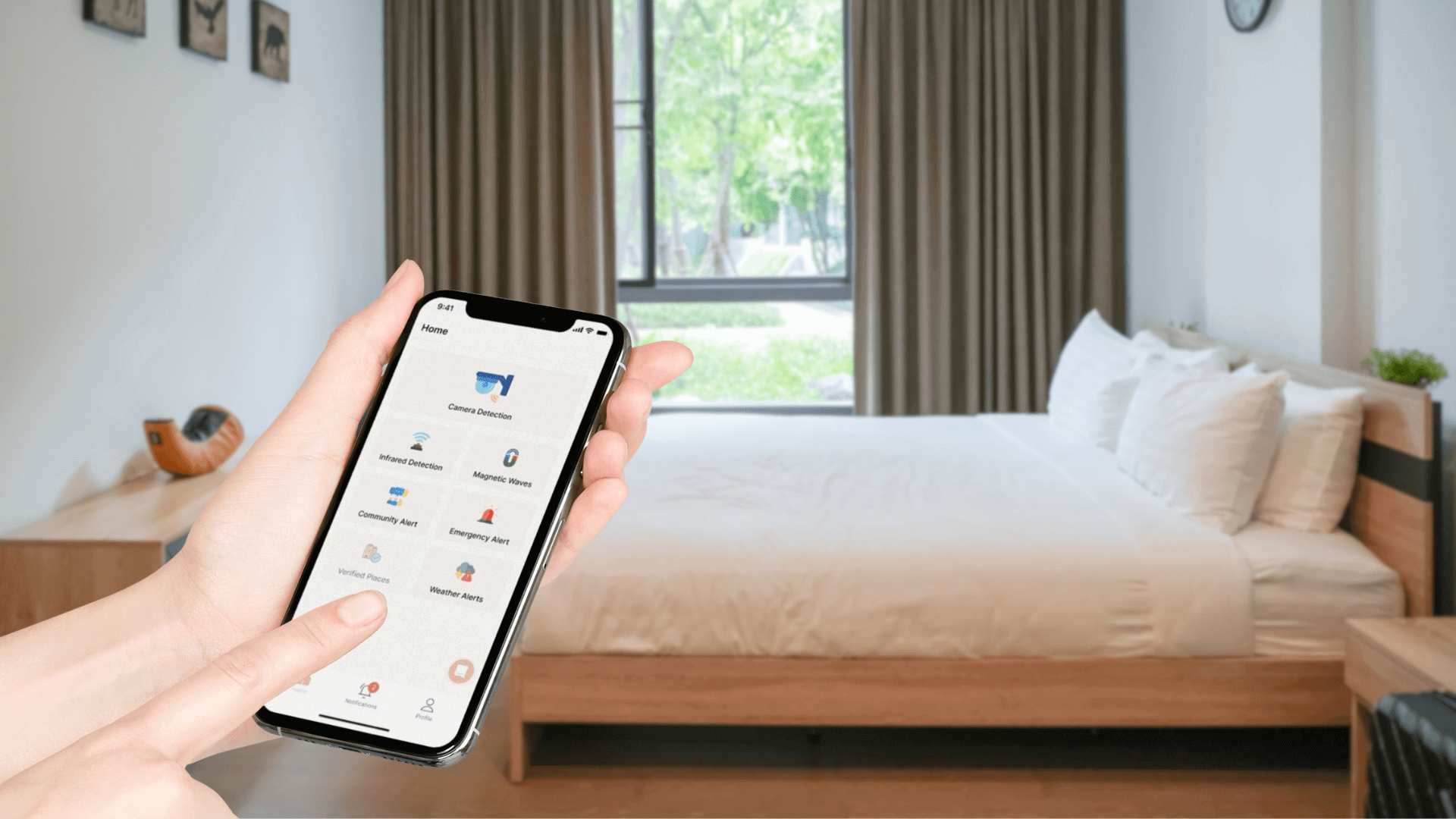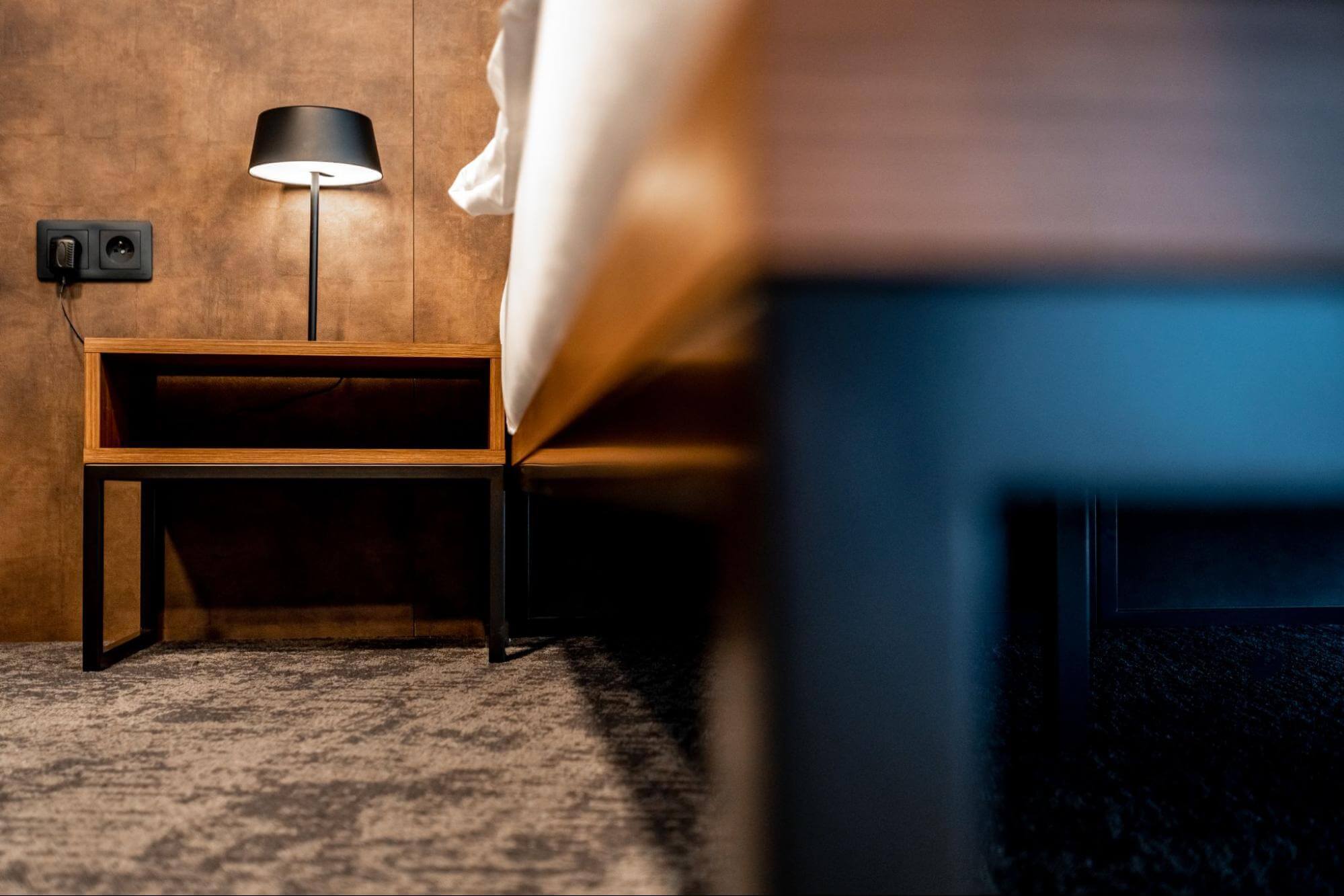The thought of an unseen lens watching you when you least expect it is deeply unsettling. We’ve all seen the headlines – a tiny camera found hidden in a seemingly innocent object in a hotel, a rental home, or even a changing room. It’s a chilling reminder that in 2025, privacy is something we often have to actively protect.
But here’s the empowering truth: you are not powerless. Hidden cameras are designed to blend in, to trick your eye. But once you know what to look for, once you train your senses to spot the unusual, you become your own best detective.
Scroll below for a list on how to find hidden cameras
Devices Hidden Cameras Can Lurk In
Let's dive into the most common and cunning places hidden cameras lurk. Remember, the key is to look for anomalies – anything that seems slightly off, out of place, or has an unexplainable tiny hole or unusual angle. If you’re in doubt, it’s never a bad idea to check and look around. While you’re at it, use Detekcam, an app to help you find hidden cameras, to help see what your eyes alone can’t!
1. Smoke Detectors
Perhaps the most infamous hiding spots. Smoke detectors are almost always on the ceiling, offering a wide, unobstructed view of a room. Does the smoke detector seem to be angled slightly towards the bed or a private area, rather than flat against the ceiling? Carefully examine the surface, especially around the vents or indicator lights. Look for a tiny, perfectly circular hole that doesn't seem to serve a function.
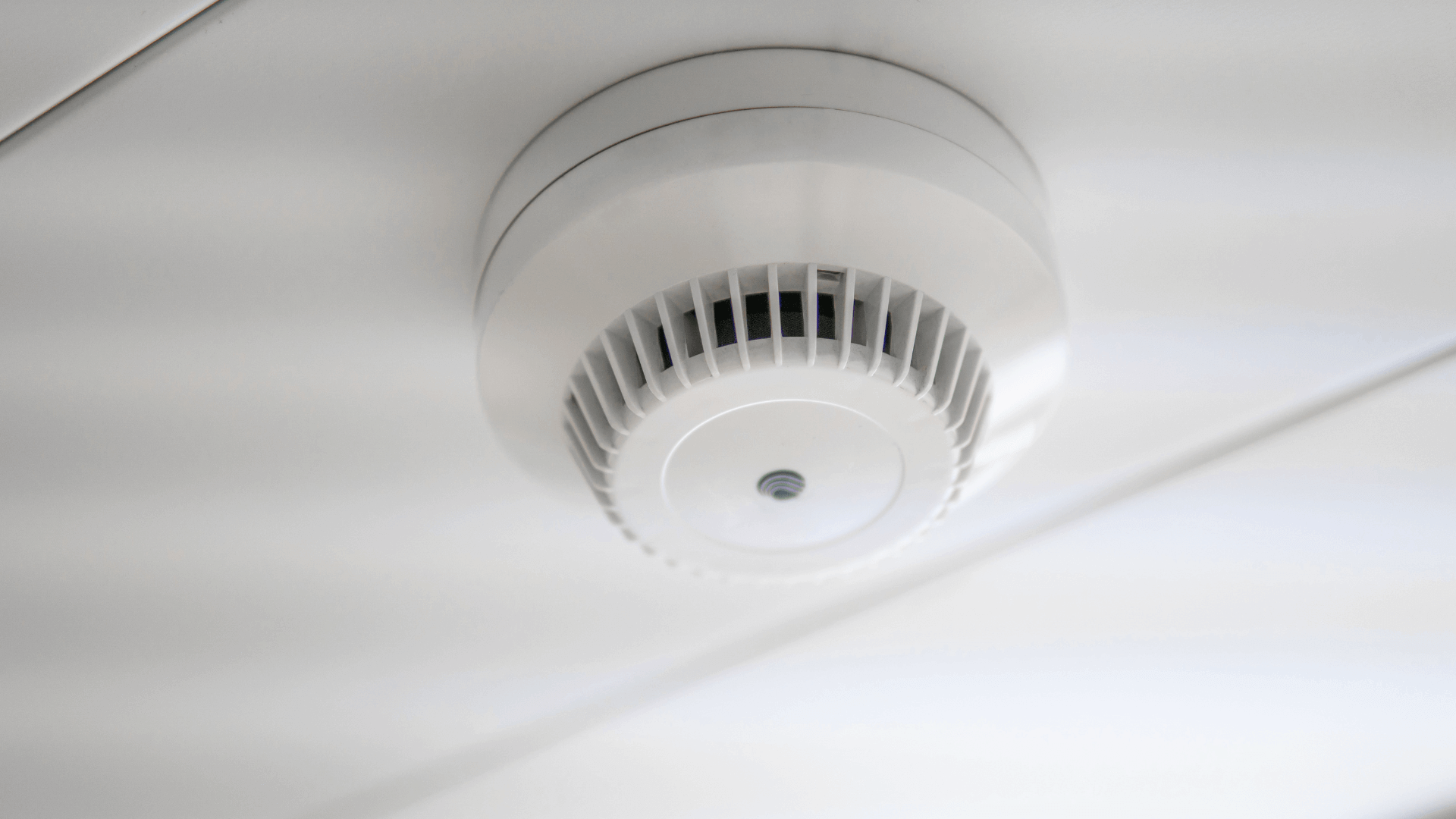
2. Air Purifiers
Air purifiers are often placed unobtrusively in corners. Is an air purifier placed in a spot that offers a very clear, wide view of the room, rather than for optimal air circulation? Some hidden cameras have tiny indicator lights (often red or blue, though sometimes covered). Check for any subtle glow, especially in a dark room.
3. USB Chargers, Power Banks & Power Strips
This is incredibly common and effective because these devices are ubiquitous and provide constant power, eliminating battery concerns for the intruder.
- Extra Holes: Check the face of the USB charger or power bank for a pin-sized hole that isn't one of the charging ports or an indicator light.
- Unusual Glare: In a dark room, use your phone's flashlight and slowly scan the device. A camera lens will often reflect a small, bright glint back at you.
- Loose or Cheap Build: Sometimes, cheaply made hidden camera versions feel flimsy or have slightly ill-fitting parts compared to legitimate electronics.
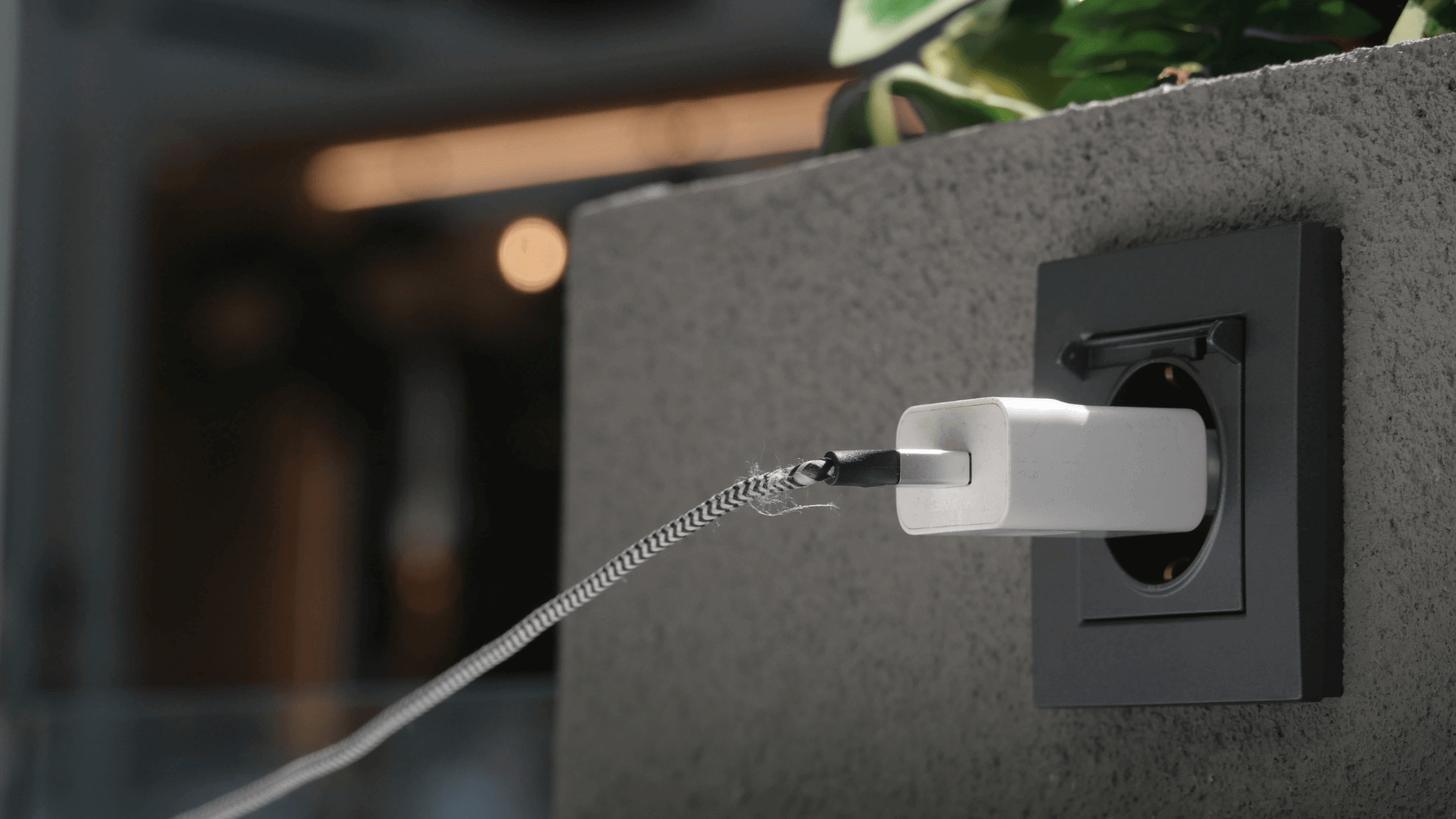
4. Alarm Clocks & Digital Displays
Digital alarm clocks, especially bedside ones, are perfect for capturing footage of sleeping areas. Other digital displays, like weather stations or small radio clocks, can also be used.
- Unusual Dots/Holes on the Face: Examine the screen or speaker grille very closely for any tiny dots that don't belong, especially near the numbers or display.
- Oddly Placed LED Lights: Some hidden cameras have tiny recording lights that might be visible.
- Angle of View: Is the clock positioned to have a clear view of the bed or another private area?
5. Pens & Miniature Gadgets
The Disguise: These are the ultimate in covert cameras due to their incredibly small size. They can be found in a pen, a small lapel pin, or even tiny key fobs. This is extremely difficult with the naked eye. Look for a tiny pinhole on the clip of a pen, or integrated into the design of a button. A pen with a camera might feel slightly heavier or bulkier than a normal pen.
Ask yourself:
Why is this particular pen or button left in an odd or prominent place?
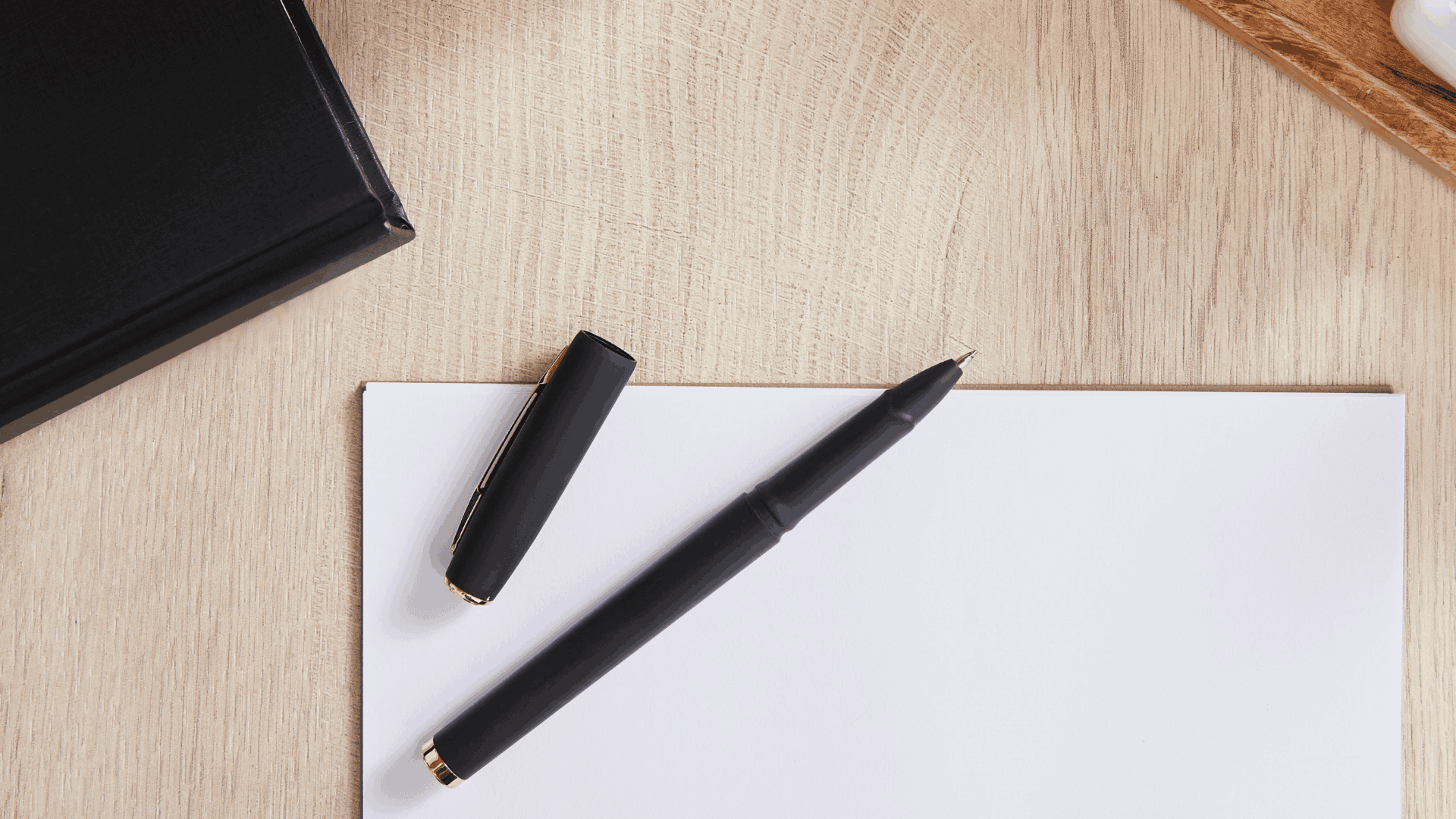
6. Photos and Art
A small pinhole camera can be easily integrated into the frame itself or behind the artwork, peeking through a tiny hole. Carefully examine the frame and the matting around the picture for any unusual, tiny holes. Does the picture seem angled specifically towards a private area? If you can, gently check if the back of the frame seems tampered with.
7. Plants, Vases & Books
A small camera can be tucked into the foliage of a potted plant or hidden inside a hollowed-out book or a decorative vase. Look for any suspicious wires, battery packs, or electronic components nestled within the soil or amongst decorative pebbles. Check decorative items for small holes that don't fit the design. Is a book placed in a way that gives it an odd line of sight into a private area?
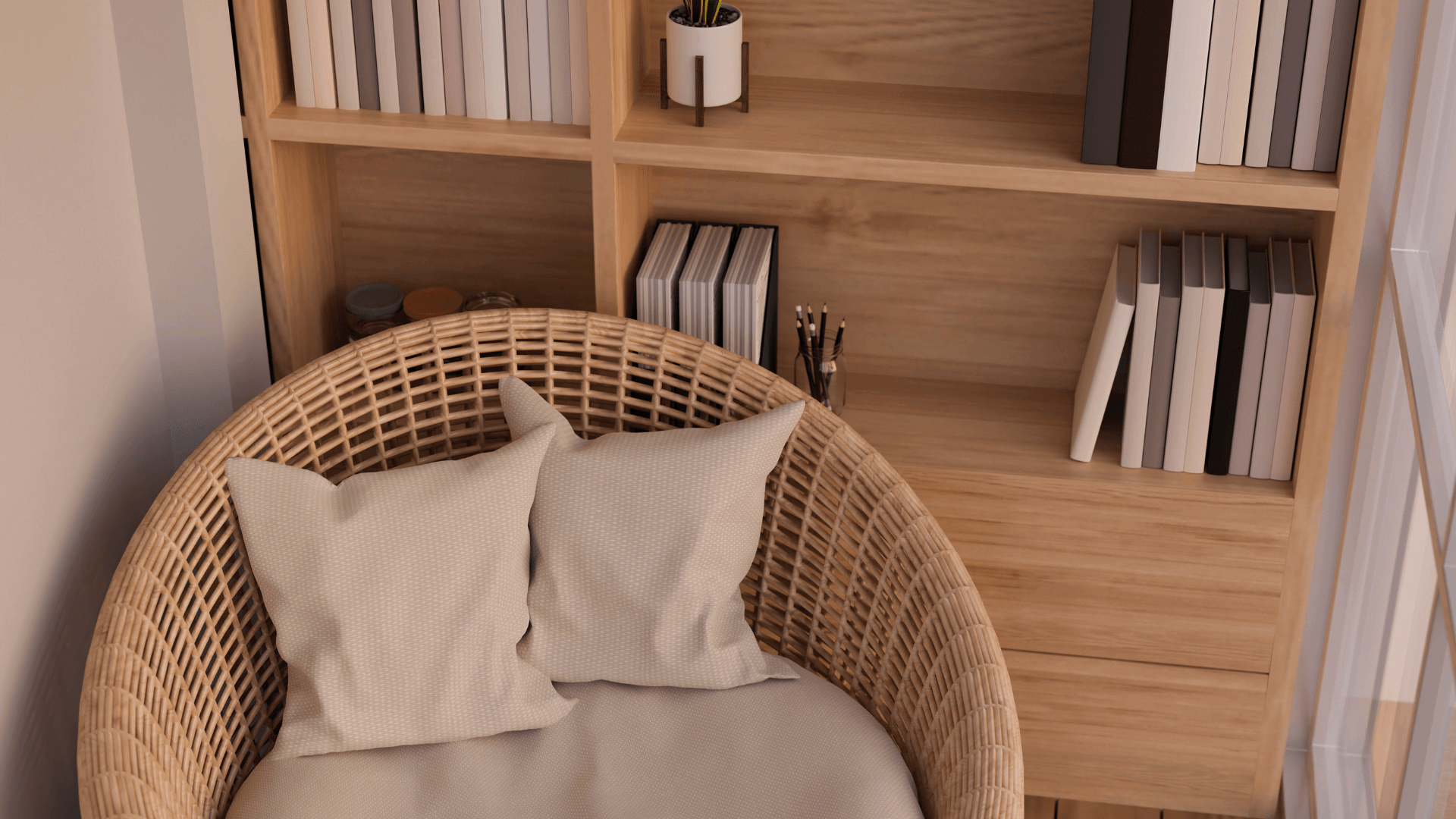
8. Lamps & Light Fixtures
Cameras can be integrated into the base, shade, or even the bulb of a lamp, or directly into ceiling light fixtures. Inspect the lamp base, stem, or even the light bulb itself (if it's an unusual smart bulb or larger LED) for tiny, unexplainable holes. Are there any extra wires or components visible that don't seem part of the standard lamp design? Use your flashlight test around the light fixture, as a lens would still reflect light.
Train Your Eye
The most important tool in your detection kit is your own awareness. By consciously looking for anomalies – things that are out of place, slightly altered, or have unexplained features – you significantly increase your chances of spotting a hidden camera.
- Scan the Room Methodically: Don't just glance. Take your time and systematically check every corner, every object, starting from the ceiling down.
- Trust Your Gut: If something feels "off," investigate it.
- Use Your Phone's Flashlight: This is a simple yet powerful technique to find lens reflections in the dark.
- Utilize Technology: For an added layer of confidence, smart tools like Detekcam designed for this purpose can often detect what the human eye might miss.
Reclaiming Your Peace of Mind
The goal isn't to live in constant paranoia, but to empower yourself with knowledge. By understanding these clever disguises and knowing what to look for, you transform from a potential target into a proactive protector of your personal space. Your privacy is invaluable, and being informed is the first powerful step in safeguarding it.
